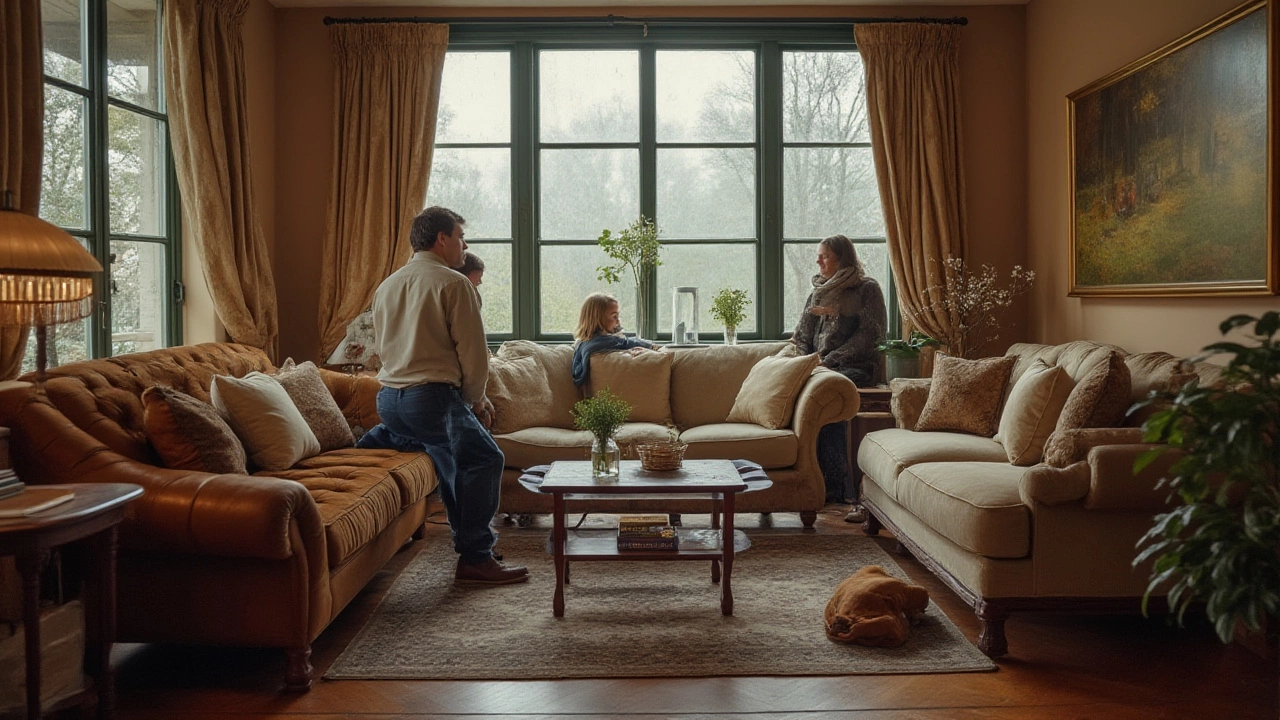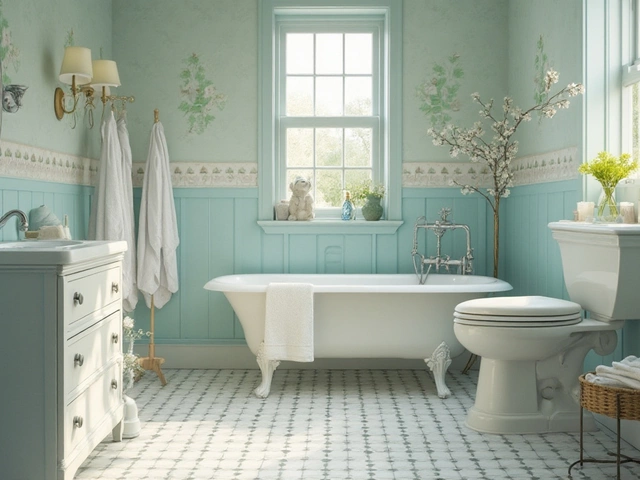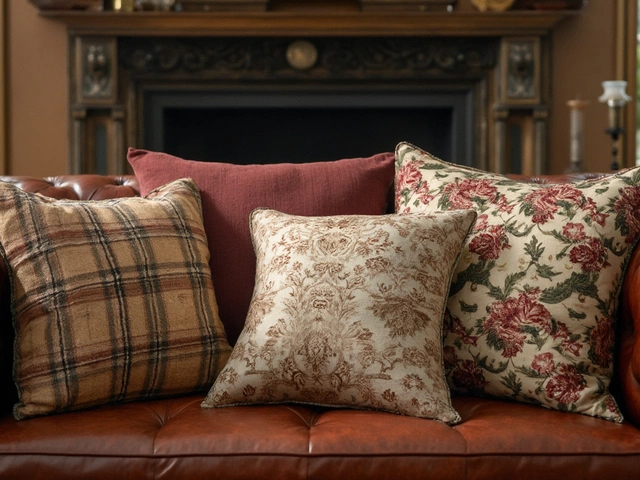Ever noticed how some sofas look lovely in the showroom, but a few years later, they're sagging, squeaking, or stained beyond hope? A couch is a hefty investment, and no one wants a lumpy, faded regret in their living room. If you’re tired of flimsy furniture that doesn't survive real life—think: movie marathons, pets, sleepovers, and unexpected snack explosions—it's time to get strategic about couches. Let’s unravel what actually makes a sofa last for ages, and which details really pay off when you want a couch that looks great for a decade or longer.
What Makes a Sofa Last: Hidden Strengths and Smart Designs
Looks can deceive. Some of the longest lasting sofas aren’t the fanciest or prettiest you spot online, but the ones built like miniature bridges under their upholstery. Forget “fast furniture”—here’s what you want when shopping for a tough, resilient couch:
- Frame material: Solid, kiln-dried hardwood (like oak, beech, or ash) wins every time. Particleboard, plastic, or soft wood? That's a fast trip to Squeakville.
- Joinery: You want dowelled, wooden corner blocks and screwed or mortise-and-tenon joinery, not just glue and staples.
- Suspension: The gold standard is eight-way, hand-tied springs. Closely behind are sinuous steel springs—those zig-zag wires you see underneath. Avoid webbing or thin plastic supports.
- Cushions: High-density foam (look for 2.0–2.5 lb/ft³ density) wrapped in feathers or polyfill keeps its shape. Cheap, low-density foam collapses fast.
The best-kept secret? Sometimes heritage names, especially the ones with a story (La-Z-Boy, Stickley, or Australia’s Jardan) still use old-school building techniques. Ask salespeople to flip the couch so you can check how it’s put together. In one independent 2022 durability survey by Consumer NZ, sofas with kiln-dried hardwood frames averaged a whopping 15–20 years before serious wear. That’s double the lifespan of budget sofas made from pine or board.
Sofa Materials That Go the Distance
If you’ve ever watched a toddler with a marker or a cat with claws, you know upholstery is life or death for a sofa’s survival. Not all coverings are created equal, and the reality is, fabric alone can be the difference between a couch that lasts a generation or one that starts balding within months. Here’s what the pros actually use when they want to future-proof a sofa:
- Leather: Top grain or full grain (not "bonded" or "genuine leather") is tough, ages well, and shrugs off most spills. But it does get scratched if you have pets who think your couch is a jungle gym.
- Microfiber: A modern darling, especially for families. Resists stains, pet hair, and holds color. Also, it's affordable.
- Performance fabrics: Names like Crypton, Sunbrella, or Revolution have exploded in recent years. They block spills, UV rays, and sometimes bacteria. These were originally made for hospitals or hotels but are now mainstream for homes thanks to their sheer toughness.
- Wool blends: Natural, cozy, but pricier. Wool is famously resistant to pilling and retains shape, though bugs (yes, moths) sometimes love it too much.
Fabric durability is measured in "double rubs." Anything over 25,000 is considered commercial-grade, while 15,000 is fine for lighter home use. By the way—if you want proof, high-end manufacturers like Joybird or King Living usually publish their fabric’s double rub rates, so you can compare apples to apples. For households with kids, experts often recommend darker hues or prints; stains and spills have nowhere to hide in busy patterns.
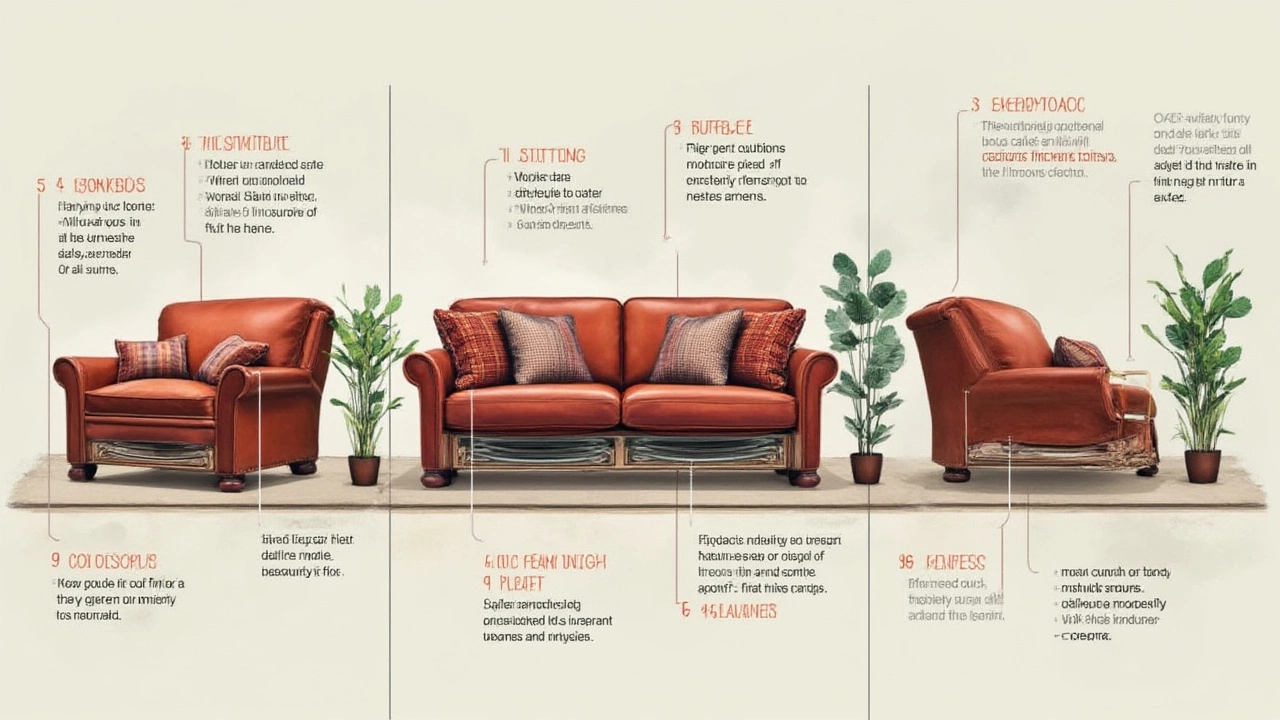
The Small Details: Stitching, Feet, and Portable Smarts
Sofas age from the inside out, but little details on the outside can make or break how long they look good. Let’s zoom in on the overlooked stuff:
- Stitching: Double-stitched or reinforced seams stay in place when you flop or wrestle on the couch. Look for tight, even stitches.
- Removable cushions: Lifesavers for cleaning, and you can flip or swap them around to even out wear.
- Feet: Solid hardwood or metal, bolted in. Plastic feet or ones screwed in with a single bolt wiggle loose—sooner than you think.
- Modularity: Modern sectionals let you replace individual seats or arms instead of tossing the whole couch if one piece bites the dust. Some clever brands (like Burrow in the US) let you add extra seats years later.
- Zipper covers: Totally underrated. If the covers unzip, you can actually wash or replace them instead of panicking over a wine spill.
The devil is in the details, and a sofa with “smart” design features might cost a little more upfront but saves hundreds later. A famous New Zealand upholstery workshop, Kovacs, custom-builds so you can update covers years later if styles change or cushion foam flattens. This flexibility means your sofa outlives trends—and toddlers with dirty hands.
How to Actually Make a Sofa Last: Real-Life Habits That Pay Off
Even the best-built sofa won’t last unless you give it minimal TLC. Don’t worry, you don’t need to treat it like a museum artifact, but a few practical habits earn huge returns on longevity:
- Vacuum regular crumbs, hair, and dust. Debris grinds away at fabric and foam.
- Rotate or flip cushions monthly, so you don’t get a permanent “dad dent.”
- Promptly blot spills—don’t rub, just gently press. For big messes, use upholstery cleaner rated for your fabric.
- Keep pets’ claws trimmed and use throws for pets who claim the sofa as their nap spot.
- Direct sunlight fades fabrics. If your sofa is near a window, consider sheer curtains or rotate the couch every few months.
Plenty of folks skip these steps, but sofas that get them regularly can last 5–10 years longer than identical ones left to fend for themselves. Here’s a quick comparison of popular sofa types and their typical lifespans based on surveys and reports from furniture repairers around New Zealand and Australia:
| Sofa Type | Typical Lifespan (years) | Care Level Needed |
|---|---|---|
| Solid Hardwood, High-End Fabric | 15–20 | Moderate |
| High-Quality Leather | 12–18 | Moderate (Conditioning needed) |
| Mid-Range Microfiber | 7–12 | Low |
| Particleboard/Flatpack Fabric | 3–7 | High |
| Modular/Replaceable Covers | 12–20 | Low–Moderate |
As you can see, spending a bit more for quality materials and clever design can mean your sofa hangs around for decades, not just seasons.
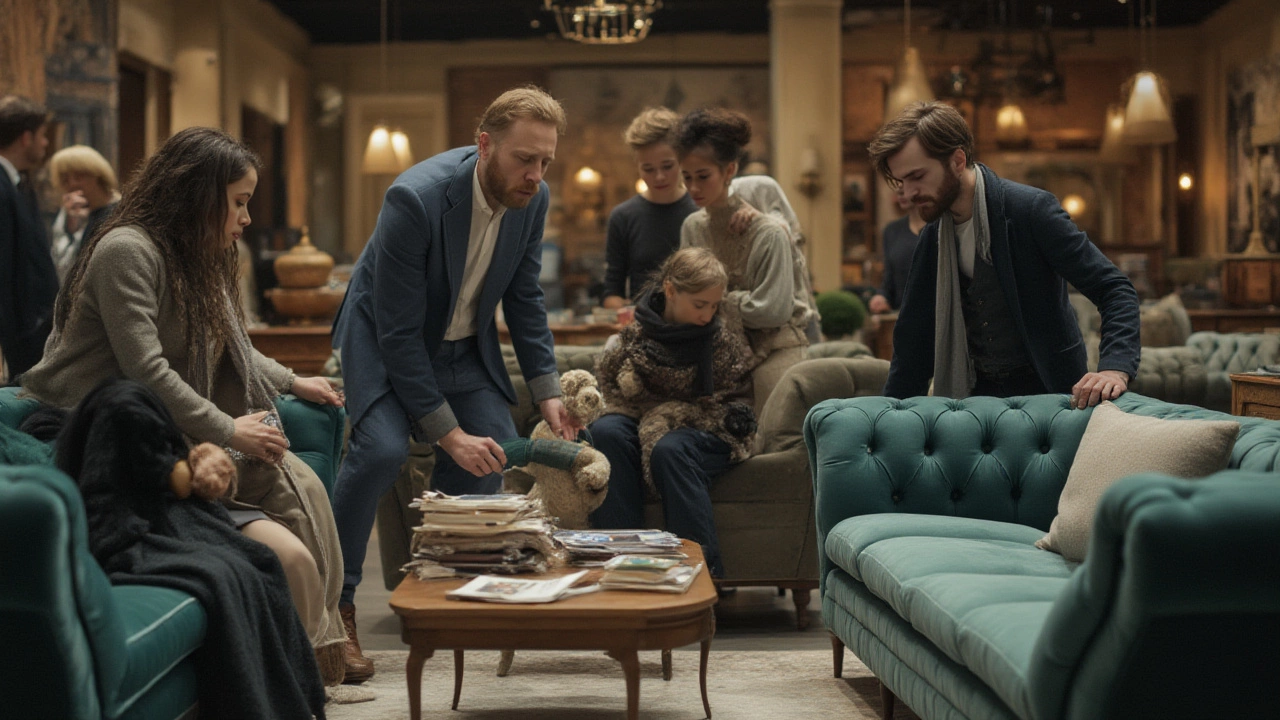
Specific Sofa Brands and Models People Swear By
It’s easy to promise “buy this, it’ll last forever,” so let’s get real—there are brands that doggedly hold up under Kiwi family life, according to folks right here in New Zealand, plus a few global cult faves. Here’s where it pays to look:
- King Living (Australia): Modular, metal-framed sofas that go strong for over 20 years. Covers are replaceable, so style changes don’t mean a new sofa. The Jasper and Delta lines are legends among Wellington parents.
- Freedom Furniture NZ: Their premium “Oscar” and “Salisbury” ranges are known for solid frames and forgiving fabrics, yet comfy enough for a nap.
- Kovacs (New Zealand): Handcrafted, customized, and easy to re-cover. These don’t come cheap, but you’ll hand them to your kids someday.
- Ekornes Stressless (Norway): Famous for “built like a tank” comfort, especially recliners. Leather ages beautifully—these get family-heirloom status.
- La-Z-Boy: Not just for American basements! NZ dealers import the hardiest recliners and sofas with sturdy, time-tested construction.
- Brosa (Australia): More budget-friendly but known for better frames and double-stitched fabrics—expect 10+ years with decent care.
- Burrow (USA, ships globally): Their modular couches click together, and you can buy replacement covers or parts online. Super pet- and kid-proof.
Online reviews and repairer recommendations tell the same story again and again—it's the frame and suspension systems that make the biggest difference. Upholstery can always be changed, but if corners are cut on bones, even “luxury looking” sofas get tossed within five years.
Last thing: If you’re configuring a new home, think about lifestyle. Got muddy dogs, little ones, and movie nights every Friday? Go for long lasting sofas with performance fabric covers that zip off. Living solo and crave timeless looks? A full-grain leather couch ages into something even more gorgeous a decade in. Either way, don’t fall for the fastest, cheapest fix—your back (and budget) will thank you for years to come.

